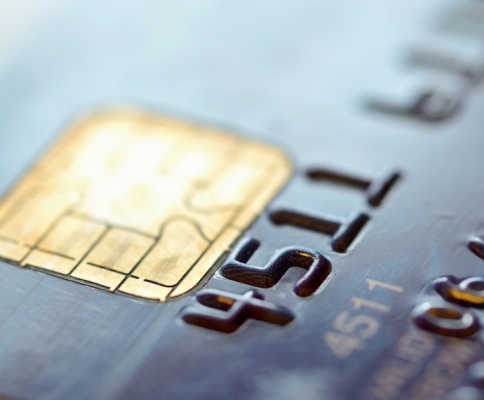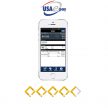
Retailers’ Guide to Accepting EMV Cards
Is your business compliant with the new EMV regulations? If not, you might be liable for fraudulent purchases.
On October 1, 2015, a shift was made to new debit and credit cards. These smart cards are designed to offer better protection against fraudulent credit and debit card purchases. If you, as a business owner, have not yet updated your point-of-sale (POS) system to one that accepts EMV cards, then you could be liable for any fraudulent purchases made at your business.
You probably have a lot of questions about this new technology. Fortunately, we have developed this convenient guide will help you understand how you can be compliant with the new regulations.
What Is EMV Technology and Why Is It Being Adopted?
North America has more data breaches than any other continent in the world, according to Nasdaq. In addition, almost all of North America’s credit card fraud happens in the United States. Nasdaq reports that the United States accounts for 72 percent of the breaches in the world. There are numerous examples of widespread credit card fraud in the U.S. In 2014, Michaels, the arts and crafts retailer, had information stolen from over 2.6 million credit cards. Target had 40 million accounts affected by a large data breach in 2013. Credit card issuers teamed up to find a way to stop security breaches such as these from happening. They developed EMV, also known as chip technology. EMV cards have embedded microprocessor chips that store and protect cardholder data. These microprocessor chips keep payment information more secure than traditional magnetic stripe cards. EMV technology has been the standard in most areas of the world. In countries where it has been used for a while, credit card fraud has dramatically declined. According to Barclaycard, the rates of counterfeit credit card transactions have declined nearly 70 percent since adopting chip technology.
Will It Be Expensive to Migrate to EMV Technology?
USA Today reported that large retailers like Walgreens and Target have already begun accepting EMV cards. Many smaller retailers have not done so. A lot of small business owners worry about the cost of such a shift. In order to accept EMV cards, retailers must have a new credit card reader that is compatible with EMV technology. This is because chip cards are processed differently than magnetic-stripe cards. They are inserted vertically into a slot instead of swiped through a magnetic card reader. Fortunately, there are low-cost payment systems that accept EMV technology, such as the Clover Mini. This system is economical, convenient and it accepts both EMV chip and Apple Pay.
Is There Anything Else That I Should Keep in Mind?
If you are making the switch to an EMV compliant POS system, it’s a smart idea to also choose one that accepts NFC payments as well. NFC and EMV payments are both highly secure payment technologies yet they are entirely different. NFC is a technology that allows payments to be processed through tablets and smartphones. This technology is just as secure as EMV chip payments. It is likely to become just as popular, as well. As more people use their smartphones to pay for goods and services, NFC payments, such as Apple Pay, are apt to become a lot more common. Therefore, it is advantageous to choose a system that accepts both payments.
Ready to get started?
Get in touch or create an account





